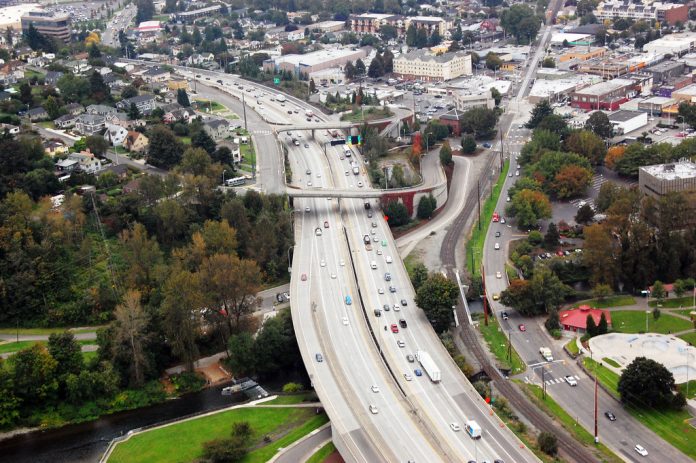The tragic military attack on Ukraine by Russia has upended the world, making us think differently about things we took for granted even a couple weeks ago. But the new tension and uncertainty we are experiencing is something that influenced government policies in the United States for 40 years. One of the most profound, but also overlooked, impacts of the Cold War is how fears of a nuclear strike by the U.S.S.R. fueled the construction of highways and the suburbanization of American life.
In this episode, reporter Ray Dubicki and I discuss how these policies of “urban dispersal” helped make the U.S. the predominantly suburban nation it is today. Ray also shares what it was like to grow up in the Maryland suburbs of D.C. during the Cold War and where a one-of-a-kind nuclear bomb shelter was built in Seattle. Join us for a frank discussion of a very difficult topic.
Natalie Bicknell Argerious (she/her) is a reporter and podcast host at The Urbanist. She previously served as managing editor. A passionate urban explorer since childhood, she loves learning how to make cities more inclusive, vibrant, and environmentally resilient. You can often find her wandering around Seattle's Central District and Capitol Hill with her dogs and cat. Email her at natalie [at] theurbanist [dot] org.



